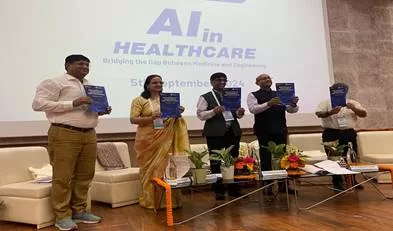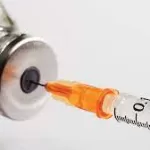In a groundbreaking study to be presented at the American Heart Association’s Resuscitation Science Symposium 2024, new research underscores the life-saving potential of immediate bystander CPR. The study reveals that performing CPR within the first 10 minutes after a person experiences cardiac arrest can significantly improve their chances of survival and preserve brain function, even when medical professionals are not yet on scene.
Cardiac arrest, a life-threatening event in which the heart abruptly stops beating, claims over 350,000 lives annually in the U.S. alone. Without quick intervention, most people do not survive. The research, set to be unveiled at the Hilton Chicago Hotel on November 16-17, 2024, suggests that the sooner CPR is administered by a bystander, the greater the likelihood of saving the person’s life and preserving their brain health.
The study, led by Dr. Evan O’Keefe, a cardiovascular fellow at Saint Luke’s Mid America Heart Institute and the University of Missouri-Kansas City, analyzed nearly 200,000 cases of witnessed out-of-hospital cardiac arrest. The research compared outcomes for people who received CPR at varying time intervals after the arrest.
“Every second counts when starting bystander CPR,” Dr. O’Keefe emphasized. “Our findings reinforce that even a few minutes of delay can make a huge difference. Quick action could save someone’s life—don’t hesitate to help.”
Key findings from the study include:
- CPR within 2 minutes: Individuals who received bystander CPR within the first two minutes of cardiac arrest had an 81% higher survival rate and a 95% higher chance of surviving without significant brain damage compared to those who did not receive CPR.
- CPR up to 10 minutes: Even those who received CPR up to 10 minutes after cardiac arrest had a 19% higher survival rate and were 22% more likely to have a favorable neurological outcome compared to those who received no CPR.
- Without CPR: Among people who did not receive bystander CPR, only about 12% survived to hospital discharge, and only 9% survived with minimal brain damage.
The study also highlights the diminishing returns of CPR the longer it takes to initiate. While CPR within 10 minutes still offers a survival advantage over no intervention, delaying assistance beyond this window may significantly reduce its effectiveness.
These findings underscore the importance of immediate action and have the potential to reshape public health policies around emergency cardiac care. Dr. O’Keefe and his team suggest a renewed emphasis on widespread CPR training, easier access to automated external defibrillators (AEDs), and improved emergency dispatch systems to reduce the time to first intervention.
The research also points to the growing role of technology in cardiac arrest response. Innovations such as mobile apps that alert nearby trained individuals or dispatchers to a potential cardiac arrest could help reduce delays and improve survival rates.
“This study reinforces how critical it is for bystanders to recognize cardiac arrest quickly and act without hesitation,” said Dr. Anezi Uzendu, an interventional cardiologist and cardiac arrest survivor. “Community education and empowerment through CPR training are key to saving lives.”
The American Heart Association, which supports the study, urges everyone to learn CPR and join its Nation of Lifesavers® campaign, which aims to double survival rates from sudden cardiac arrest by 2030.
Study Limitations
While the study highlights the importance of prompt CPR, it notes that the average time for emergency medical technicians (EMTs) to arrive at the scene was approximately 10 minutes. This means that the group receiving CPR at this late stage may have been compared to a cohort that had already received professional medical care, which could influence outcomes.
Study Background
The research analyzed data from the Cardiac Arrest Registry to Enhance Survival (CARES), which includes records of witnessed out-of-hospital cardiac arrests between 2013 and 2022. The study population, with an average age of 64, included over 54,000 women (approximately 34%).
With this new evidence, experts hope to drive forward initiatives aimed at improving survival and brain health following cardiac arrest, ensuring that more lives are saved through timely, life-saving actions.











